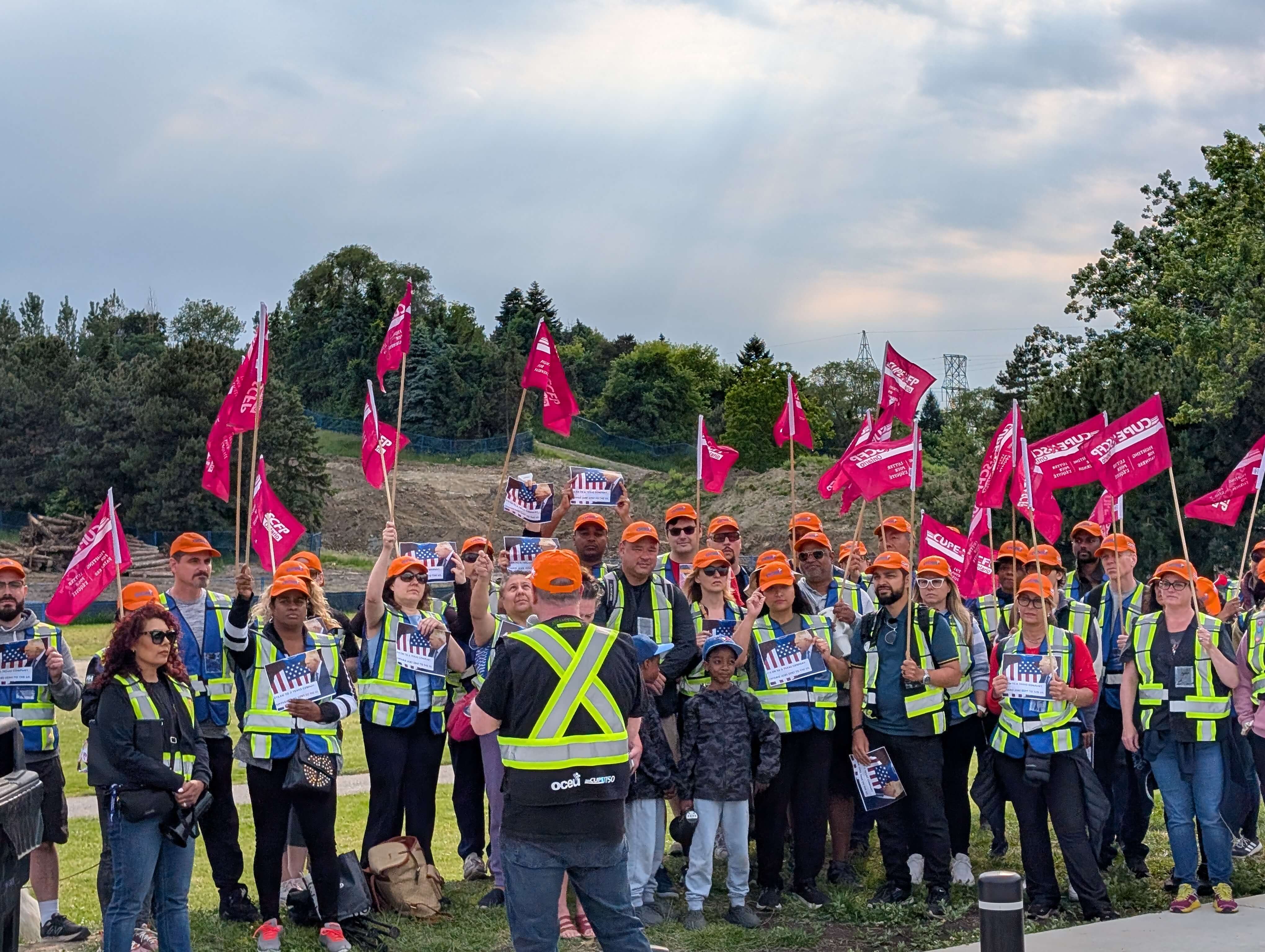How the mind and body reacts to pressure, stress, and danger


Human responses to hazardous situations involve intricate psychological and physiological reactions. The fight-or-flight response, identified by Walter Cannon, is the primary mechanism which activates the sympathetic nervous system, releasing stress hormones like adrenaline to prepare for immediate action.
The American Psychological Association notes that stress responses are designed to protect, keeping individuals focused and alert. However, these reactions can sometimes lead to panic or immobilization, underscoring the need for effective management strategies.
From a health and safety standpoint, recognizing these natural human tendencies is crucial for mentally preparing employees. Effective training programs must address the likelihood of both confrontation and escape behaviors. Regular drills and clear communication protocols can significantly reduce panic and promote a coordinated response.
Fear and anxiety are central to human reactions in hazardous situations. These emotions can either sharpen focus and prompt quick action or cause debilitating panic. Understanding these emotional responses is essential for designing effective training programs.
Techniques such as mindfulness and cognitive-behavioral strategies can help individuals manage their fear and anxiety, improving their ability to respond effectively. As the American Institute of Stress notes, “Building resilience is about thriving, not just surviving,” highlighting the importance of psychological preparedness alongside physical readiness.
In addition to training and preparation, it is essential to develop a resilient mindset. This involves fostering mental flexibility and emotional regulation skills, enabling individuals to adapt and respond effectively to rapidly changing hazardous situations. Incorporating stress management techniques, such as mindfulness and cognitive-behavioral strategies, can further enhance resilience.
By understanding and addressing both psychological and physical aspects of human response, we can ensure comprehensive safety strategies in hazardous situations, ultimately enhancing overall well-being and reducing risks.





